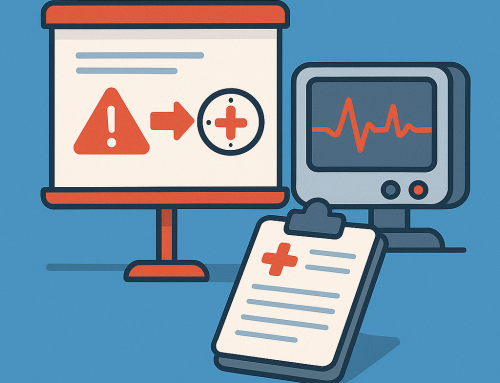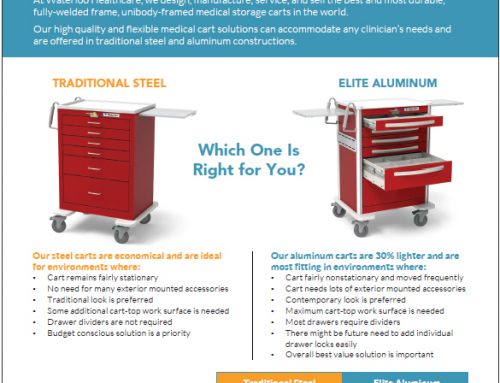The Importance of Having a Hospital Code Committee Evaluate New Code Carts
In critical emergencies, such as cardiac arrests, code carts—also known as crash carts—serve as a vital lifeline for clinicians, housing the medications, airway equipment, and defibrillation tools needed for immediate patient resuscitation. Given their pivotal role, the selection and configuration of code carts should never be left to chance or handled solely by procurement or individual departments. Instead, a hospital code committee should be centrally involved in evaluating and approving new code carts. This multidisciplinary group brings the clinical, logistical, and regulatory expertise required to ensure optimal functionality and patient safety.
Multidisciplinary Expertise Ensures Relevance and Readiness
A code committee typically includes members from nursing, pharmacy, respiratory therapy, materials management, clinical engineering, and physician leadership. Each discipline brings a unique perspective. For instance, pharmacists can ensure proper storage and access to emergency medications such as epinephrine, atropine, and dantrolene. Respiratory therapists can validate the availability and placement of airway adjuncts, and nurses and physicians contribute insights on ergonomic access during a code situation. This collaborative evaluation prevents critical oversights and ensures the cart is aligned with actual clinical workflow needs.

Standardization Across Units Improves Efficiency
One of the primary benefits of committee-led evaluation is the ability to standardize code carts across all units and facilities within a hospital system. Consistency in layout, drawer labeling, and contents reduces confusion during high-stress situations, enabling any trained clinician to rapidly locate the needed tools regardless of their unit. Standardization also simplifies training, reduces inventory variation, and supports more efficient stocking and auditing by pharmacy or materials staff.
Improved Compliance with Regulatory Requirements
Regulatory bodies, such as The Joint Commission, require hospitals to maintain code carts in a state of constant readiness, with strict guidelines for checking expiration dates and tamper-evident seals, while ensuring accessibility. A code committee is well-positioned to ensure the selected cart design allows for compliance with these standards. The committee can evaluate features like sealed drawers, automated tracking systems, and cart-locking mechanisms that support documentation and audit trails.
Customization for Specialty Needs
Different areas of the hospital may have unique requirements for code carts, such as pediatric versus adult needs, or ICU versus procedural areas. A code committee can assess these requirements while still ensuring alignment with overarching hospital policies. For example, the committee may determine that labor and delivery require specialized medications and neonatal resuscitation equipment not needed in other departments and adjust accordingly without compromising the hospital’s overall emergency response strategy.
Cost-Effectiveness and Vendor Accountability
Finally, a centralized committee provides a structured process for evaluating cart vendors and proposals, ensuring that selections are based on clinical efficacy and long-term value rather than convenience or familiarity. By collectively reviewing price quotes, durability, warranty support, and ease of maintenance, the committee promotes transparency and accountability in purchasing decisions.
Conclusion
Having a hospital code committee evaluate new code carts is not only a best practice, but also a necessity for any facility prioritizing rapid emergency response and patient safety. Through interdisciplinary input, standardization, regulatory alignment, and strategic purchasing, the committee ensures that every second counts during a code and that the tools clinicians need are always at their fingertips.
Equally important is the opportunity for hands-on evaluation. Bringing in a physical cart for the committee and frontline staff to touch, stock, maneuver, and simulate real-world use adds immense value to the decision-making process. This tactile assessment helps identify subtle but critical issues, such as drawer resistance, handle placement, wheel glide, and overall mobility in tight clinical spaces, that may not be obvious on spec sheets or vendor presentations. A live trial empowers staff buy-in, highlights potential safety improvements, and ensures the selected cart performs flawlessly when every moment matters.
Schedule a no-obligation demonstration where a Waterloo Healthcare representative will bring a customizable code cart directly to your facility for hands-on assessment by your team. To arrange your on-site demonstration, please call 800-833-4419 or email CSR@WaterlooHealthcare.com today.






